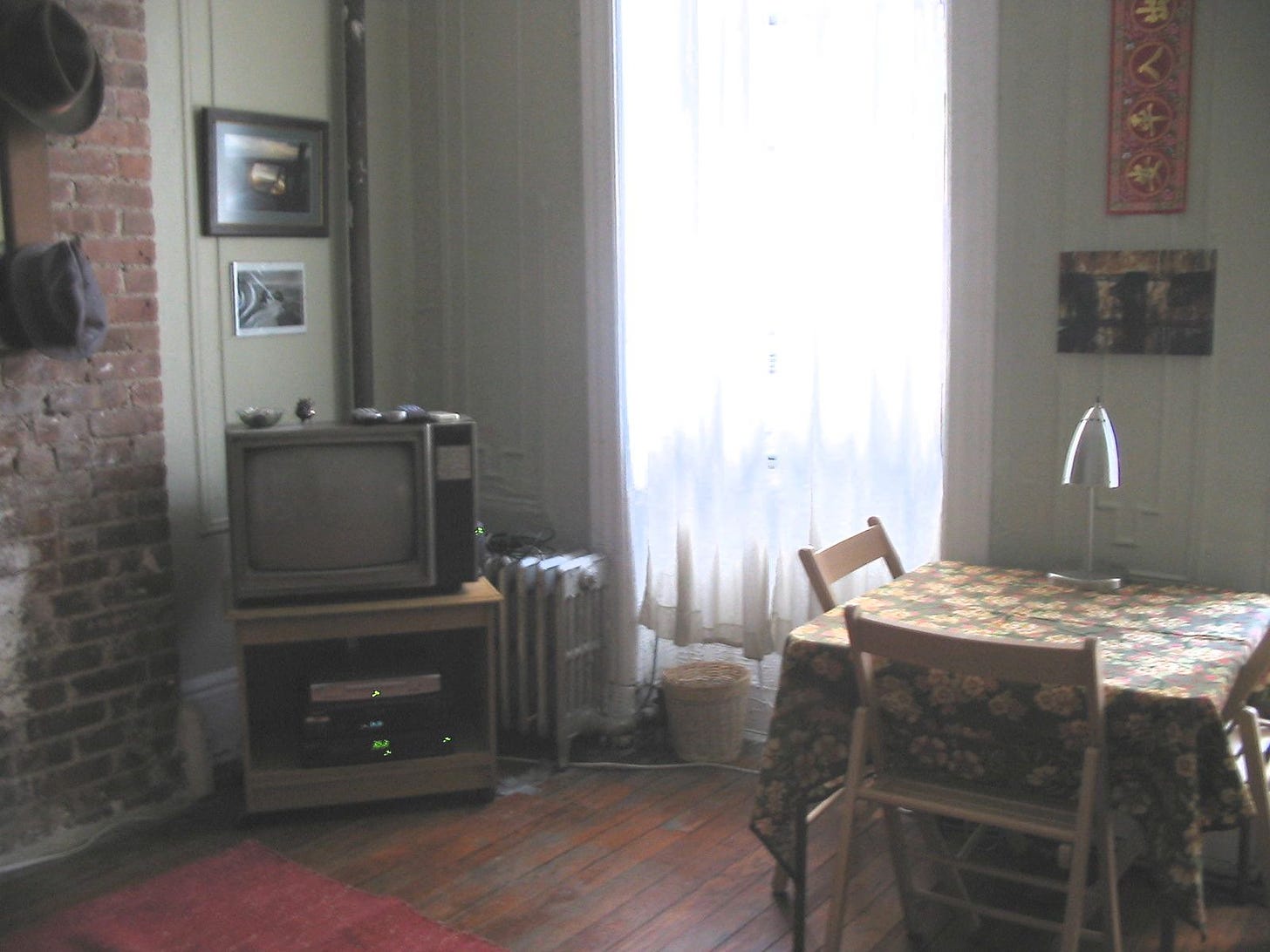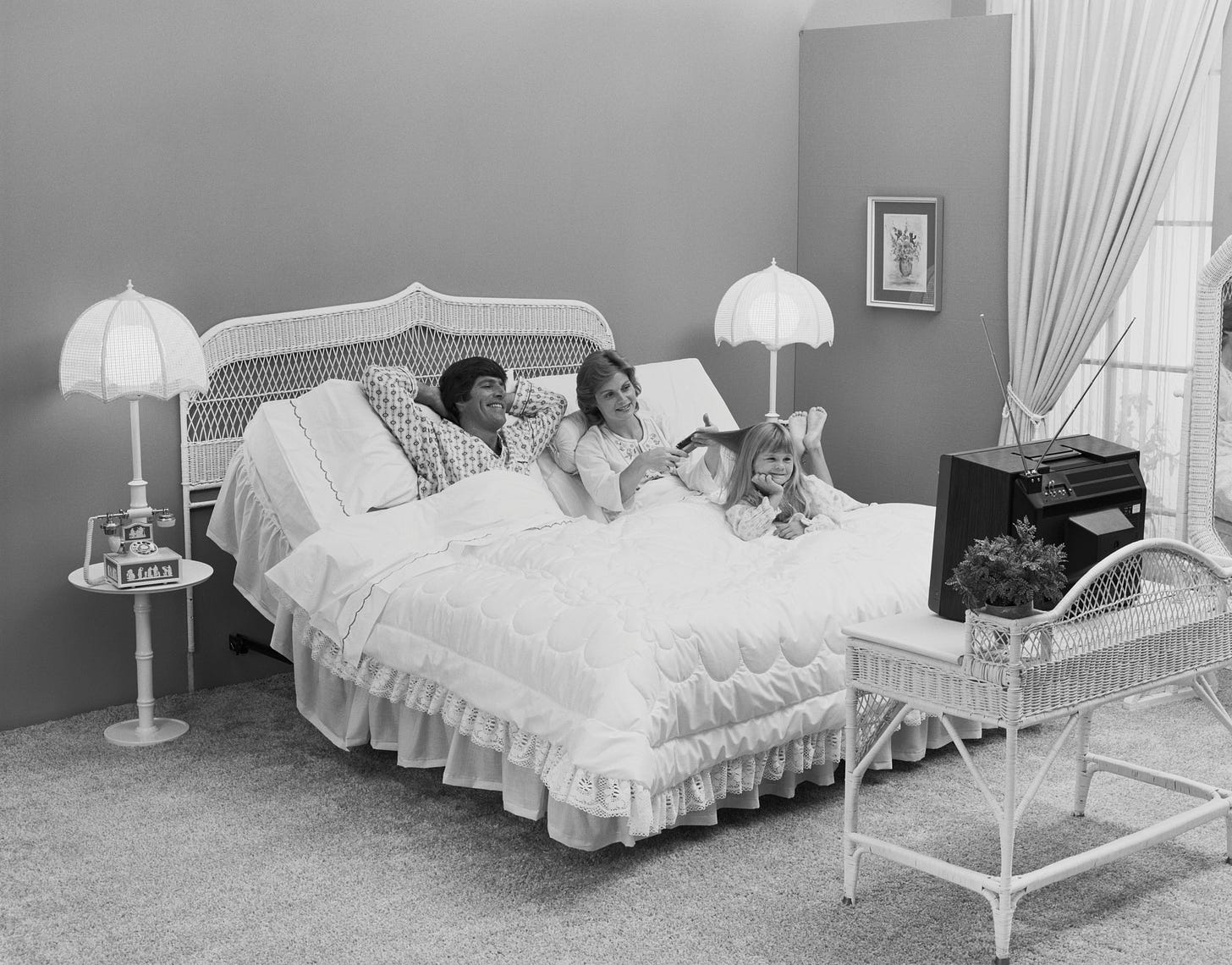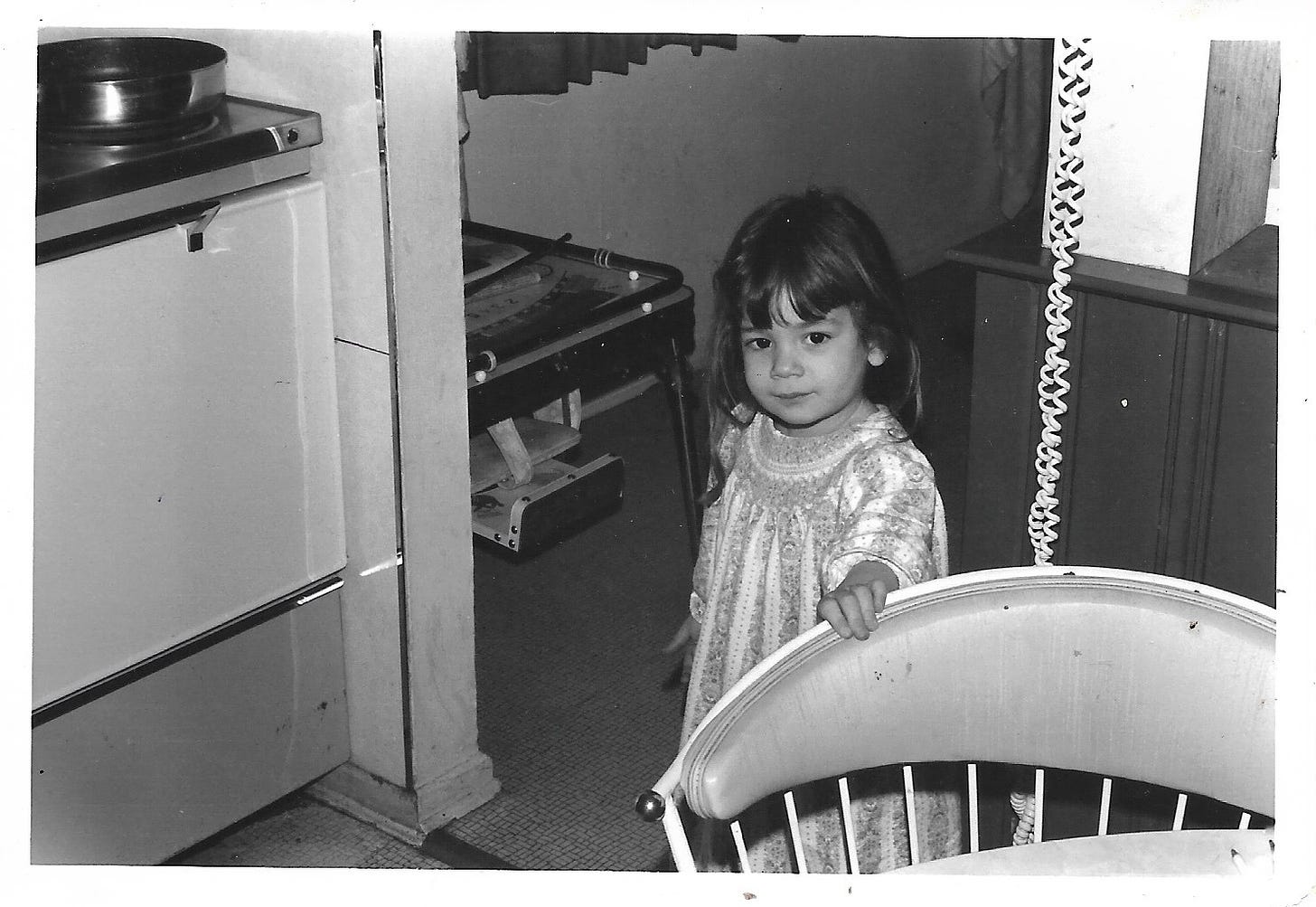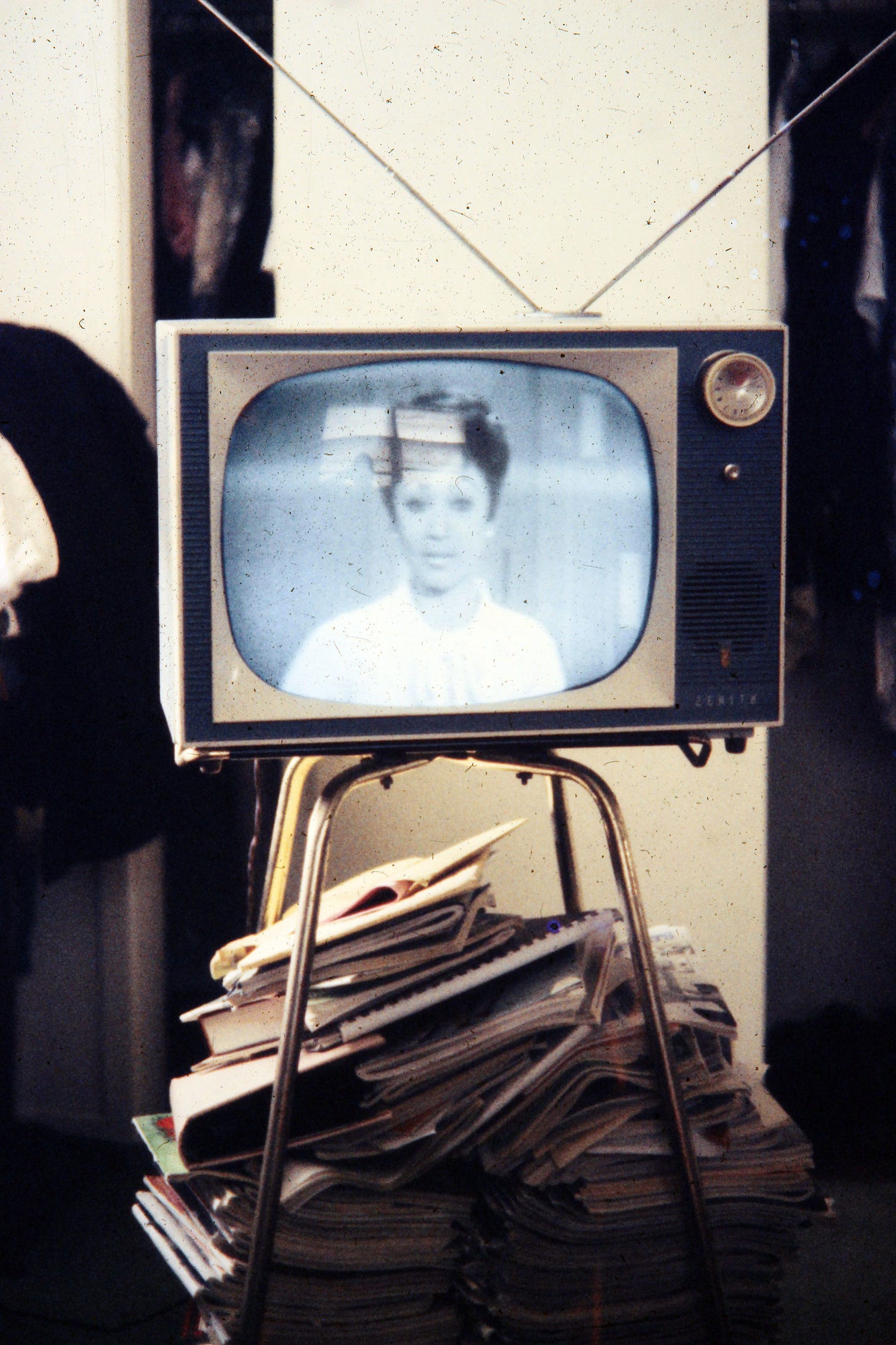Aunt Margie and Uncle Lloyd were early adopters of the adjustable bed.
In the winter of ‘69/70, when I was 4, I spent the night at their house in White Plains, and watching them manipulate their undulating mattress with a clicker before my captivated parents’ eyes, as they dropped me off, was the main event. I was so excited about it I couldn’t sleep. I was also kept awake by fear, because I was staying in a relatively unfamiliar home, without my mom and dad.
A while after my aunt and uncle put me down, I got up and tiptoed toward their bedroom, guided by the muffled sound of a man’s voice and canned laughter coming from their “television set.” I nudged the door open and found them sitting upright with the support of their state-of-the-art sleep apparatus, glued to The Tonight Show with Johnny Carson.
“Can I watch, too?” I asked. Uncle Lloyd scooped me up and I nestled in between them, propped up by their many pillows. What a luxury. How grown up I felt, watching a show I knew my parents watched, too, but never let me stay up for. How cozy and safe. I don’t recall how long I lasted before nodding off and being carried back to the guest room, where I was surprised to awaken the next morning. But I’ve carried the memory of that sweet moment, that soothing nocturnal comfort, all my life.
Seven years later, my parents split up. I became one of the many latchkey kids growing up in the 70s, and like the rest of my Gen X cohort, was partially raised by television. Familiar actors’ voices, laugh tracks, commercials that I still have memorized—all together they added up to something like a reassuring adult presence, which didn’t quite make up for the absences of my parents—one of whom had moved out and in with another family, the other of whom was going to graduate school or dating most nights after work—but it helped.
Sometimes, as a ‘tween, when my mom was out late and I was left home to watch my little sister, I’d put myself to sleep on the living room couch with the television blaring and all the lights on, an effort to both deter burglars and distract myself from feeling afraid. At midnight, when the national anthem would rouse me, I’d panic about still being the closest thing to a grownup in the house—me, a 7th grader—and pray that nothing I couldn’t handle would happen before my mom finally pulled into the driveway.
Later, in the thirteen years between my two marriages—from 26-39—the sound of the T.V. late at night served as something like a stand-in for a significant other. It comforted me through a time when my romantic life was, nonstop, a treacherous emotional rollercoaster. For long periods, on nights I wasn’t with one boyfriend or another, I couldn’t fall asleep without watching. I’d wake up to pee at 4a.m. to find the T.V. still on, tuned to endless Odd Couple or Dick Van Dyke Show reruns on Nick at Night.

When Brian and I moved in together in 2004, we decided against placing a television in our bedroom. It felt like an unwelcome distraction in the room where we are most connected, and not having a T.V. there has turned out to be a good arrangement. We make exceptions for hotel stays, where watching in a bed that’s not ours, clad in super high-thread-count sheets, sometimes provides the same feeling of luxury I enjoyed while watching in Aunt Margie and Uncle Lloyd’s adjustable bed.
Actually, at home, we don’t have any televisions anywhere. Instead we have a projector perched high up in our living room, and a screen we unspool when it’s time to watch one of our “programs,” which we get through streaming services, rather than cable. It’s still a source of comfort and distraction, something we have required more of in the past eight years, since the first time Donald Trump was elected president.
When our 12-year-old projector died last week, I suggested to Brian that we ready ourselves for bed and watch an episode of his nerdy favorite, Resident Alien, in our pajamas, under the covers, on his iPad. We washed up and tucked ourselves in, then discovered that the last episode we’d watched before the projector stopped working had been the final episode of the entire series.
Disappointed, but too tired to search for a new show, we “soothed” ourselves to sleep the new-fashioned way—scrolling through reels in which people decorate cakes in elaborate ways, and mash glitter into slime, until we could no longer keep our eyes open.






I grew up with the TV on constantly in the backround. I'd often put it on myself, even if I was reading or talking on the phone and not really paying attention to it.
When I had my first child, the TV was on one night as I ate and read the paper. I vaguely heard bounce, bounce, stop, and looked up to see my daughter in an exersaucer, happily playing with toys until she caught sight of the TV. She'd stop what she was doing, glued to the set, until she got distracted by a toy and turned away. I turned the TV off, and only turned it on again if I was actually going to watch it.
When we have visited my parents throughout the years, my kids have commented that the TV is always on, and I would often turn down the volume or ask if anyone is actually watching. It's a tough addiction to break, but even though my kids also grew up watching TV (although not as much as we did), they also don't have the same attachment to it as we did.
The picture of you at 4 🥹☺️